Home>Dining>Table Decor>What Is The Rule Of Proportion For Most Floral Arrangements
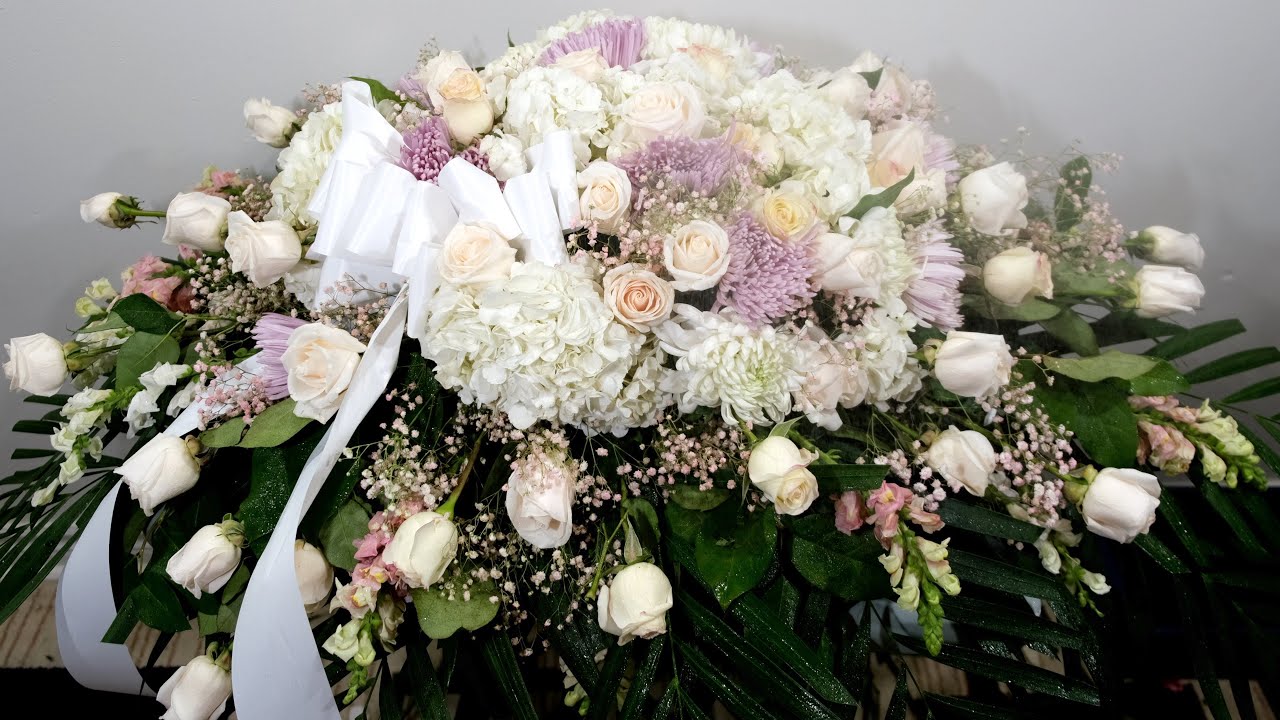

Table Decor
What Is The Rule Of Proportion For Most Floral Arrangements
Modified: October 20, 2024
Learn about the rule of proportion for creating stunning floral arrangements, and how it applies to table decor. Discover the secrets to perfectly balanced table centerpieces and eye-catching floral designs.
(Many of the links in this article redirect to a specific reviewed product. Your purchase of these products through affiliate links helps to generate commission for Storables.com, at no extra cost. Learn more)
Introduction
Welcome to the world of table decor! When it comes to creating a visually stunning and harmonious atmosphere, one of the essential elements to consider is proportion. Proportion plays a vital role in table decor, especially when it comes to floral arrangements. Understanding and implementing the rule of proportion can make a significant difference in the overall aesthetic appeal of your table settings.
In simple terms, the rule of proportion refers to creating a balanced and visually pleasing arrangement by considering the size, shape, and placement of various components. Whether you are planning a casual gathering with friends or an elegant formal dinner, mastering the art of proportion will elevate your table decor to the next level.
In this article, we will delve deeper into what exactly the rule of proportion entails and explore its importance in floral arrangements. We will also discuss the key elements of the rule of proportion and provide practical tips on how to apply it to your own table decor. So, let’s jump right in!
Key Takeaways:
- Mastering the rule of proportion in floral arrangements is essential for creating visually appealing and balanced table decor. Consider size, shape, height, and spacing to achieve a harmonious composition.
- Avoid common mistakes such as overcrowding, neglecting negative space, and ignoring container proportion when creating proportional floral arrangements. Embrace creativity and experimentation to achieve visually captivating table decor.
Read more: What Are Floral Arrangements
Understanding the Rule of Proportion
Proportion is a fundamental principle in design that refers to the relationship between different elements in a composition. When it comes to table decor, proportion plays a crucial role in creating a balanced and visually pleasing arrangement.
The rule of proportion dictates that items of different sizes should be arranged in a way that creates a harmonious balance. This means that no single element should overpower or dominate the arrangement, but instead, everything should work together in a cohesive manner.
Imagine a table centerpiece with a massive floral arrangement dominating the space, overpowering the rest of the table decor. This not only looks visually unappealing but also detracts from the overall ambiance you are trying to create. On the other hand, an arrangement that is too small and understated may get lost amidst the other elements on the table.
Creating a proportional floral arrangement involves considering the size, shape, and placement of the flowers, foliage, and any other elements you incorporate. By understanding and implementing the rule of proportion, you can strike the perfect balance and create an eye-catching centerpiece that enhances the overall table decor.
One crucial aspect when understanding proportion is the concept of focal points. In design, a focal point is the element that draws the viewer’s attention and serves as the anchor of the composition. When it comes to floral arrangements, the focal point is often the largest or most striking flower or element in the arrangement.
However, the rule of proportion suggests that you should not have just one focal point that dominates the arrangement. Instead, consider incorporating secondary focal points or elements of varying sizes to create a more interesting and balanced visual composition.
Ultimately, understanding the rule of proportion allows you to create table decor that is visually engaging, balanced, and aesthetically pleasing. By considering the size, shape, and placement of the elements in your floral arrangements, you can create a cohesive and harmonious look that will impress your guests.
Importance of Proportion in Floral Arrangements
Proportion plays a vital role in floral arrangements as it determines the overall visual impact and balance of the composition. Here are a few key reasons why understanding and implementing proportion is crucial in creating stunning floral arrangements:
- Enhances Visual Appeal: Proportion ensures that the elements in the floral arrangement are well-balanced and harmonious. When the sizes and placement of flowers, foliage, and other decorative elements are carefully considered, it creates an aesthetically pleasing and visually appealing arrangement that catches the eye.
- Creates Overall Harmony: Florals in proportion create a sense of balance and cohesiveness on the table. When every element has its rightful place, it contributes to an overall sense of harmony and refinement in the table decor. This is especially important when creating a specific theme or ambiance for an event or gathering.
- Highlights Key Elements: Applying the rule of proportion allows you to emphasize the key focal points in your floral arrangements. By using larger or more eye-catching flowers or elements, strategically placed within the composition, you can draw attention to the highlights of the arrangement and create a captivating visual focal point.
- Avoids Overwhelming or Underwhelming Effects: Proportional floral arrangements prevent the table from being overwhelmed or underwhelmed by the centerpiece. When the arrangement is too large or too small in proportion to the table and other decor, it can throw off the overall balance and impact of the setting. Creating a proportional arrangement ensures that it complements the table and enhances the overall look, rather than overpowering or getting lost amidst everything else.
- Elevates Guest Experience: A well-executed proportional floral arrangement enhances the overall dining experience for your guests. It adds a touch of elegance, beauty, and sophistication to the table setting, making the occasion feel more special and memorable. When guests enter a space with thoughtfully arranged floral decor, it creates a positive and welcoming atmosphere that sets the tone for the event.
By understanding the importance of proportion in floral arrangements, you can create table decor that leaves a lasting impression. Proportion not only enhances the visual appeal of the arrangement but also contributes to the overall ambiance and experience of the occasion. It is an essential element to consider when designing your table decor and can make a significant impact on the overall aesthetics of the space.
Key Elements of the Rule of Proportion
When it comes to incorporating the rule of proportion in floral arrangements, there are several key elements to consider. These elements work together to create a balanced and visually pleasing composition. Let’s explore them in more detail:
- Size: The size of the floral elements is a fundamental aspect of proportion. It involves considering the size of individual flowers, foliage, and any other components you include in the arrangement. The goal is to have a variety of sizes that complement each other, with larger flowers or focal points balanced by smaller elements to create a sense of scale and proportion.
- Shape: The shape of the floral elements is another critical element to consider. Flowers come in a variety of shapes, such as round, elongated, or asymmetrical. When arranging the flowers, aim for a mix of different shapes to add visual interest and ensure a well-balanced composition. Combining flowers with contrasting shapes can create a dynamic and visually appealing arrangement.
- Height: Height plays a crucial role in creating proportionate floral arrangements. Incorporating flowers and foliage that vary in height adds dimension and depth to the composition. Taller elements can act as focal points, while shorter elements provide balance and fill in the space. By arranging the flowers at different heights, you can create a visually pleasing arrangement that captures the eye from different angles.
- Spacing: The spacing between the floral elements is essential for creating a balanced and proportional arrangement. Give each element enough breathing space so that they do not overcrowd each other. Adequate spacing allows each flower or foliage to shine and contribute to the overall composition. It also helps create a sense of rhythm and flow within the arrangement.
- Container Proportion: In addition to the floral elements, the proportion of the container itself is also crucial. The size, shape, and scale of the container should harmonize with the floral arrangement. A container that is too small may make the arrangement look cramped, while a too large container may overpower the flowers. Choose a container that complements the size and style of the floral arrangement to establish a proportional balance.
By considering these key elements of the rule of proportion, you can create floral arrangements that are visually balanced, harmonious, and pleasing to the eye. Balancing the size, shape, height, spacing, and container proportion will help you achieve a composition that is well-proportioned and aesthetically appealing.
Applying the Rule of Proportion in Floral Arrangements
Now that we understand the key elements of the rule of proportion, let’s explore how to apply this principle to create stunning and well-balanced floral arrangements:
- Choose a Focal Point: Start by selecting a focal point for your arrangement. This could be a large, eye-catching flower or a unique decorative element. The focal point will serve as the anchor and main visual attraction of the arrangement.
- Vary the Sizes: Incorporate a variety of flower sizes to create visual interest and balance. Use larger flowers or focal points as the main focal point and surround them with smaller flowers or foliage. This will add depth and dimension to the arrangement.
- Consider the Shape: Mix and match different flower shapes to add diversity to your arrangement. Combine rounded blooms with elongated ones or asymmetrical flowers. This will create a visually appealing composition with contrasting shapes.
- Play with Heights: Experiment with different heights when arranging your flowers. Use taller flowers or branches as the focal point and gradually decrease the height of the surrounding elements. This will create a pleasing cascading effect and balance the overall composition.
- Leave Breathing Space: Avoid overcrowding the arrangement by leaving enough space between each flower or foliage. This will allow each element to shine and prevent the arrangement from appearing cluttered.
- Consider the Container: Select a container that is proportionate to the size and style of your floral arrangement. The container should complement the flowers and enhance the overall visual balance. A large arrangement may require a wider or taller vase, while a smaller arrangement may be better suited for a petite container.
- Experiment with Colors and Textures: Proportional arrangements can also be enhanced by using a thoughtful mix of colors and textures. Incorporate complementary or contrasting hues to add visual interest. Combining different textures, such as smooth petals with feathery foliage, can create an engaging tactile experience.
- Step Back and Assess: Once you have arranged your flowers, take a step back and assess the overall composition. Check for any imbalances or areas that may need adjustment. Make any necessary tweaks to achieve the desired proportion and balance.
Remember, applying the rule of proportion requires practice and a keen eye for design. Experiment with different combinations and arrangements to find what works best for your personal style and the occasion.
By following these tips and principles, you can create stunning floral arrangements that are visually appealing, balanced, and showcase the beauty of your blooms.
The Rule of Proportion for most floral arrangements is to use a container that is approximately 1.5 times the height of the flowers to create a visually balanced and pleasing arrangement.
Examples of Floral Arrangements using the Rule of Proportion
Now let’s take a look at some examples of floral arrangements that effectively utilize the rule of proportion:
- Classic Elegance: A classic arrangement might feature a centerpiece with a large, show-stopping flower, such as a single long-stemmed rose or a hydrangea bloom, as the focal point. Surrounding the focal flower are smaller blooms, like spray roses or baby’s breath, arranged in a symmetrical or asymmetrical pattern. The varying heights and sizes of the flowers create a balanced look that exudes timeless elegance.
- Wild and Whimsical: For a more organic and whimsical feel, consider creating a wildflower-inspired arrangement. Start with a mix of different blooms, such as sunflowers, daisies, and wildflowers, in varying sizes. Add in sprigs of foliage, such as eucalyptus or ferns, to create texture and height variation. The arrangement should have a slightly unkempt look, with the focal flower or larger bloom strategically placed to draw attention.
- Modern Minimalism: For a sleek and contemporary aesthetic, opt for a minimalist arrangement. Choose a single type of flower, such as calla lilies or orchids, and arrange them in a clean-lined vase. Keep the composition simple, with only a few stems of the chosen flower, allowing negative space to become an essential element in the arrangement. The minimalist approach focuses on balance and proportion, with each stem positioned with precision.
- Rustic Charm: To create a rustic and charming floral arrangement, use a mix of wildflowers, such as sunflowers, daisies, and lush greenery. Arrange them in a Mason jar or a weathered wooden box. Let the flowers have a slightly tousled appearance, with varying heights and sizes to create an airy and naturalistic feel. This arrangement evokes a sense of countryside charm and effortless beauty.
- Tropical Paradise: For a bold and exotic arrangement, incorporate tropical flowers like vibrant orchids, bird of paradise, and anthuriums. These flowers are known for their unique shapes and sizes, making them perfect for proportional arrangements. Arrange them in a tall vase or a bamboo container, with the larger flowers in the focal point and the smaller ones filling in the gaps. Add some lush green foliage, such as palm leaves or monstera, for added texture and height.
These examples demonstrate various styles and themes where the rule of proportion is applied effectively. By carefully considering the size, shape, height, and spacing of the floral elements, you can create arrangements that are visually captivating and balanced.
Feel free to use these examples as inspiration for your own floral arrangements, and don’t be afraid to experiment with different flowers, colors, and containers to create a unique and personalized design!
Tips for Creating Balanced Floral Arrangements with Proportion
Creating balanced floral arrangements with proportion requires careful consideration and attention to detail. Here are some tips to help you achieve visually pleasing and harmonious compositions:
- Start with a Plan: Before you begin arranging your flowers, take some time to plan out your design. Consider the style, theme, and color scheme you want to achieve. Having a clear vision in mind will guide you in selecting the right flowers and elements to create a well-balanced arrangement.
- Mix and Match Sizes: Incorporate a variety of flower sizes in your arrangement to create visual interest. Use larger blooms as focal points and surround them with smaller flowers or greenery to add depth and balance. Play with different shapes to create a dynamic and visually appealing composition.
- Consider Height and Spacing: Vary the height of your flowers to add dimension and create a visually pleasing arrangement. Use taller flowers as focal points and gradually decrease the height as you move outward. Leave enough space between each flower to allow them to stand out and prevent overcrowding.
- Think About Color: A well-balanced color palette can enhance proportion in floral arrangements. Choose complementary or contrasting colors to create visual interest and balance. Consider the color of the container as well, ensuring it complements the flowers and contributes to the overall harmony of the arrangement.
- Choose the Right Container: Select a container that is proportionate to the size and style of your arrangement. The container should enhance the overall balance and not overpower the flowers. Consider the shape and material of the container, as well as its size and height, to ensure it complements the floral elements.
- Pay Attention to Negative Space: Negative space, the empty areas between flowers, is just as important as the flowers themselves. Leave enough negative space to allow each bloom to stand out and breathe. Negative space plays a crucial role in creating a well-balanced composition.
- Use Foliage for Texture: Incorporate foliage and greenery to add texture and fill in the arrangement. The foliage can act as a support system for the flowers, adding volume and visual interest. Consider using different types of foliage with varying shapes and textures to create a balanced and lush look.
- Step Back and Assess: Once you have arranged your flowers, take a step back and view the arrangement from different angles. Assess the overall balance and proportion. Make adjustments as needed to achieve the desired look.
- Practice and Experiment: Creating balanced floral arrangements with proportion is a skill that develops with practice. Don’t be afraid to experiment with different flower combinations, arrangements, and containers. Learn to trust your instincts and refine your eye for proportion through trial and error.
By following these tips, you can create floral arrangements that are well-balanced, visually captivating, and make a lasting impression. Remember, practice and experimentation will help you refine your skills and develop your unique style. Enjoy the process and have fun creating beautiful arrangements!
Common Mistakes to Avoid in Proportional Floral Arrangements
When it comes to creating proportional floral arrangements, there are some common mistakes that beginners and even experienced designers may make. Being aware of these mistakes can help you avoid them and create more visually appealing and balanced arrangements. Here are some common mistakes to avoid:
- Overcrowding: One of the most common mistakes is overcrowding the arrangement with too many flowers or foliage. Overcrowding can make the arrangement appear messy and detract from the overall balance. Remember to leave enough breathing space between the elements to allow each flower to shine and contribute to the composition.
- Neglecting Negative Space: Negative space is an important design element that should not be overlooked. Neglecting negative space can result in a composition that feels cluttered and lacking in balance. Make sure you leave enough empty space between the flowers, allowing for a sense of openness and visual clarity.
- Ignoring the Scale: Pay attention to the scale of the floral arrangement in relation to the table or space it is intended for. A large arrangement on a small table can feel overwhelming, while a tiny arrangement on a large table can look underwhelming. Consider the size of the table and the surrounding decor to ensure the arrangement is proportionate and appropriately scaled.
- Lack of Focal Point: Every proportional arrangement should have a clear focal point that draws the eye and anchors the composition. Neglecting to create a focal point can result in an arrangement that lacks visual interest and direction. Choose a standout flower or decorative element to serve as the focal point and build the arrangement around it.
- Using Unbalanced Shapes: Mixing unbalanced or disproportionate shapes can throw off the overall composition. Be mindful of the shapes of the flowers and foliage you select and how they work together. Avoid combining too many asymmetrical shapes or using only rounded blooms. Aim for a combination of shapes that create a visually appealing balance.
- Disregarding Color Harmony: Color is an essential element in floral arrangements and can greatly impact the overall balance. Disregarding color harmony by combining clashing or mismatched colors can make the arrangement feel disjointed. Choose a color palette that complements the surrounding decor and creates a cohesive and balanced look.
- Ignoring Container Proportion: The container used for the arrangement should be in proportion to the size of the flowers and the overall design. Ignoring the container proportion can result in an arrangement that feels unbalanced or visually disjointed. Choose a container that enhances the arrangement and complements its size and style.
- Not Stepping Back: It’s important to step back and assess the arrangement from different angles as you work. Failing to do so can make it challenging to identify any imbalances or areas that need adjustment. Take breaks and step away from the arrangement periodically to get a fresh perspective and make necessary tweaks.
- Playing it Safe: While it’s good to follow the rule of proportion, don’t be afraid to take creative risks and explore new possibilities. Playing it safe and sticking to the same flower types or arrangements can limit your design potential. Step outside of your comfort zone and experiment with different flower combinations, shapes, and sizes.
Avoiding these common mistakes will help you create proportional floral arrangements that are visually appealing, harmonious, and balanced. Paying attention to the scale, negative space, focal point, color harmony, container proportion, and shapes will greatly enhance the overall aesthetic impact of your arrangements.
Keep practicing, experimenting, and refining your skills to create stunning floral compositions that captivate the eye and elevate any space or occasion.
Conclusion
Table decor is an art form, and understanding the rule of proportion is essential for creating visually stunning floral arrangements. Proportion plays a vital role in achieving a balanced and harmonious composition, where each element works together to create an eye-catching centerpiece.
By considering key elements such as size, shape, height, and spacing, you can create floral arrangements that are visually appealing and enhance the overall ambiance of your table setting. The rule of proportion ensures that no single element dominates the arrangement, but instead, everything works harmoniously to create a cohesive and visually pleasing display.
Importantly, creating proportionate floral arrangements requires planning, experimentation, and attention to detail. Mix and match different flower sizes, vary the heights, and leave enough negative space to allow each element to shine. Choosing the right container and considering color harmony further contribute to a well-balanced arrangement.
It’s also vital to avoid common mistakes such as overcrowding, neglecting negative space, ignoring scale and container proportion, and not creating a focal point. Taking the time to step back and assess the arrangement from different angles allows for adjustments and fine-tuning to achieve the desired proportion and balance.
Remember, creating proportional floral arrangements is a creative process that evolves with practice. Embrace your creativity and experiment with different flower combinations, shapes, and sizes. Allow yourself to take risks and explore new possibilities to create unique and visually captivating table decor.
Ultimately, mastering the rule of proportion in floral arrangements allows you to create table decor that leaves a lasting impression on your guests. With a keen eye for proportion and attention to detail, you can transform any table into a visual feast of balanced beauty.
So why wait? Embrace the rule of proportion and let your creativity bloom as you create stunning floral arrangements that elevate your table decor to new heights!
Frequently Asked Questions about What Is The Rule Of Proportion For Most Floral Arrangements
Was this page helpful?
At Storables.com, we guarantee accurate and reliable information. Our content, validated by Expert Board Contributors, is crafted following stringent Editorial Policies. We're committed to providing you with well-researched, expert-backed insights for all your informational needs.
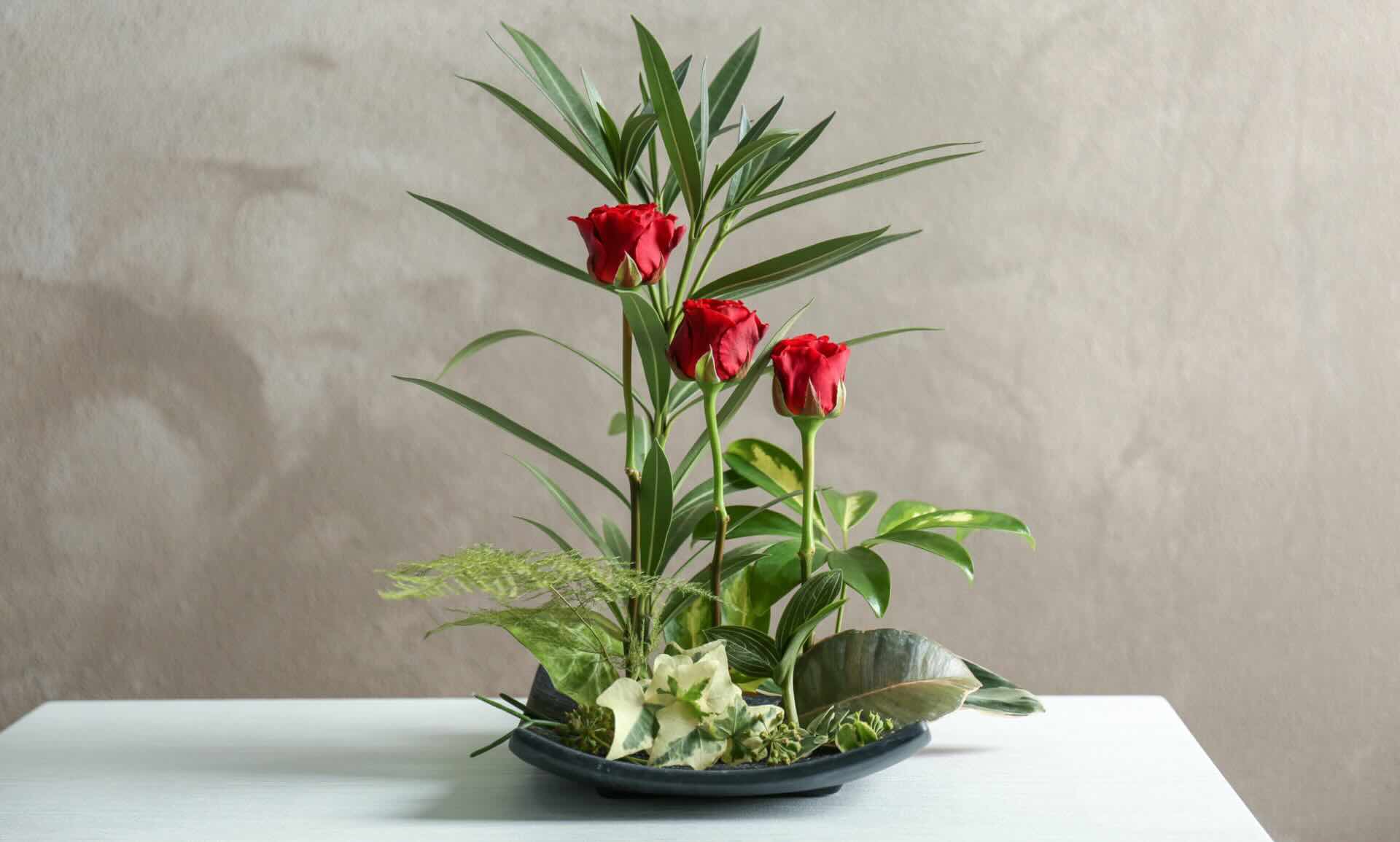
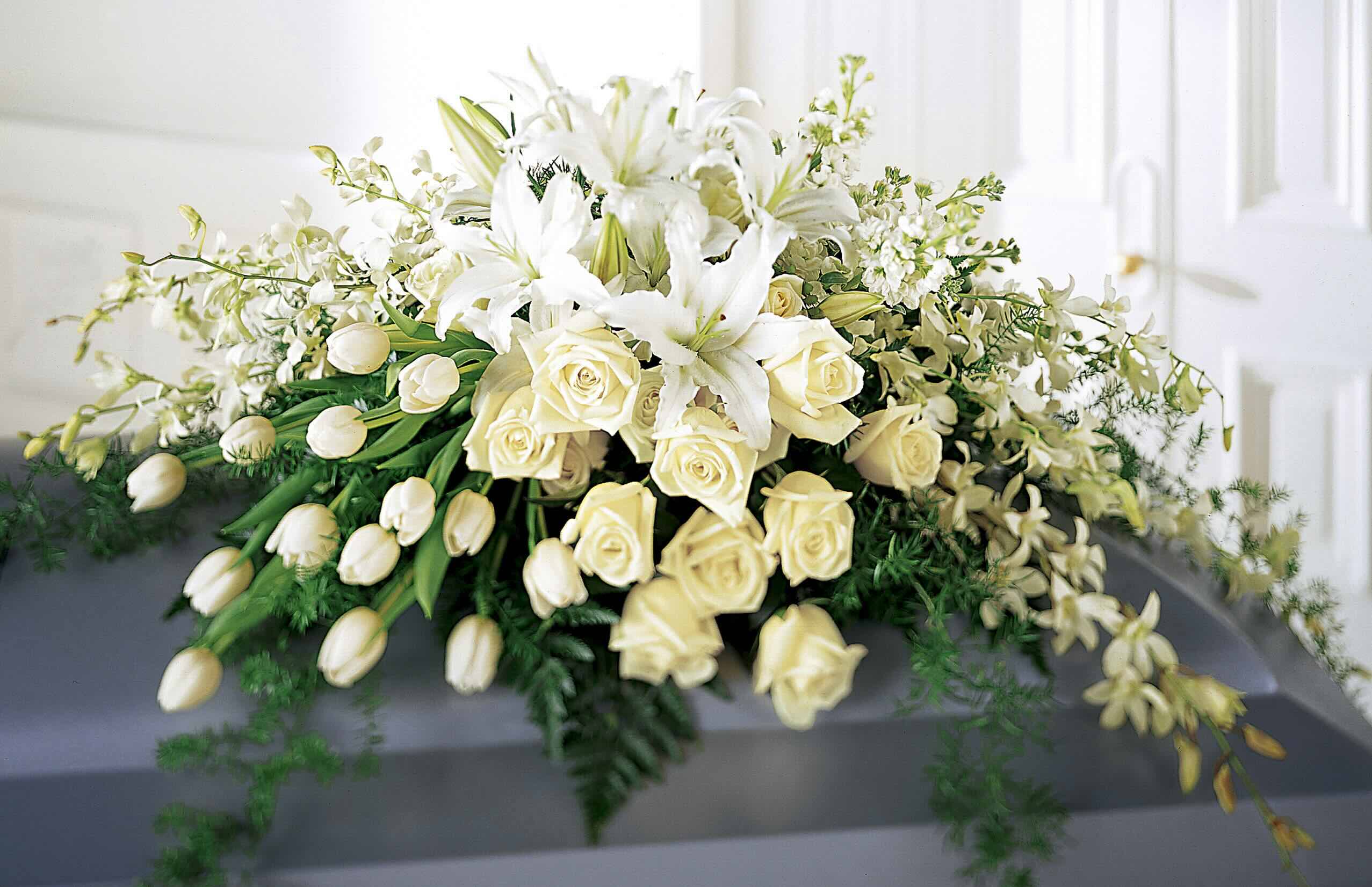

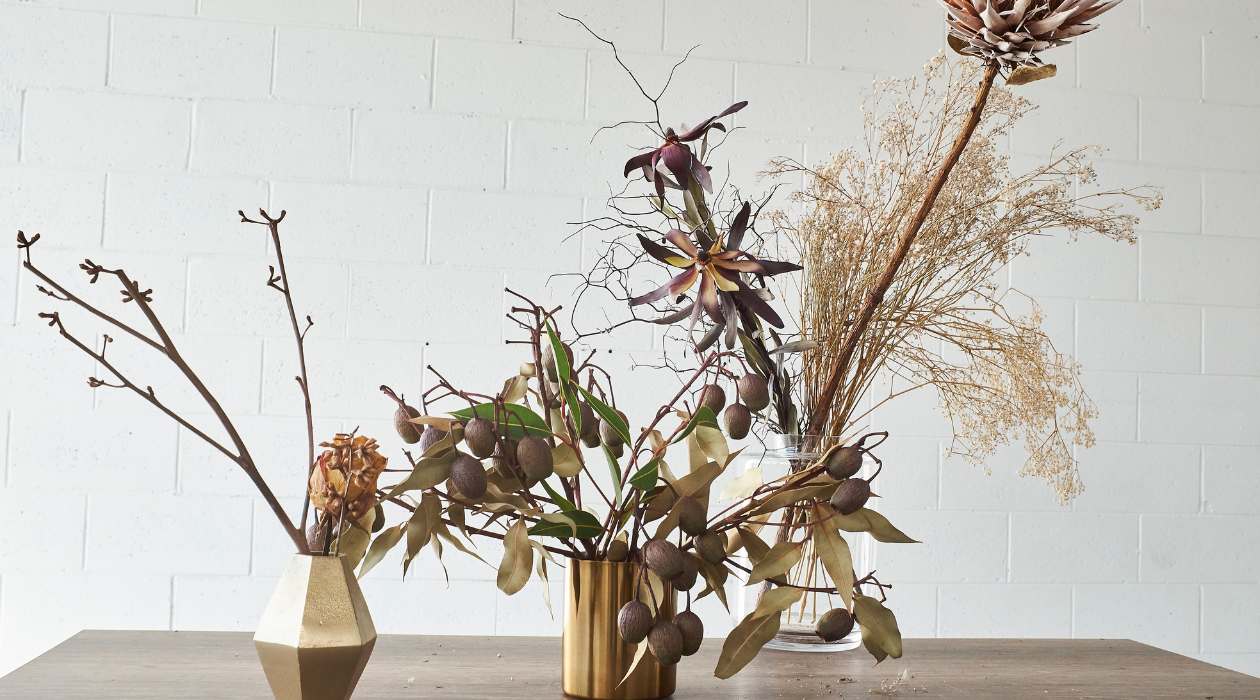

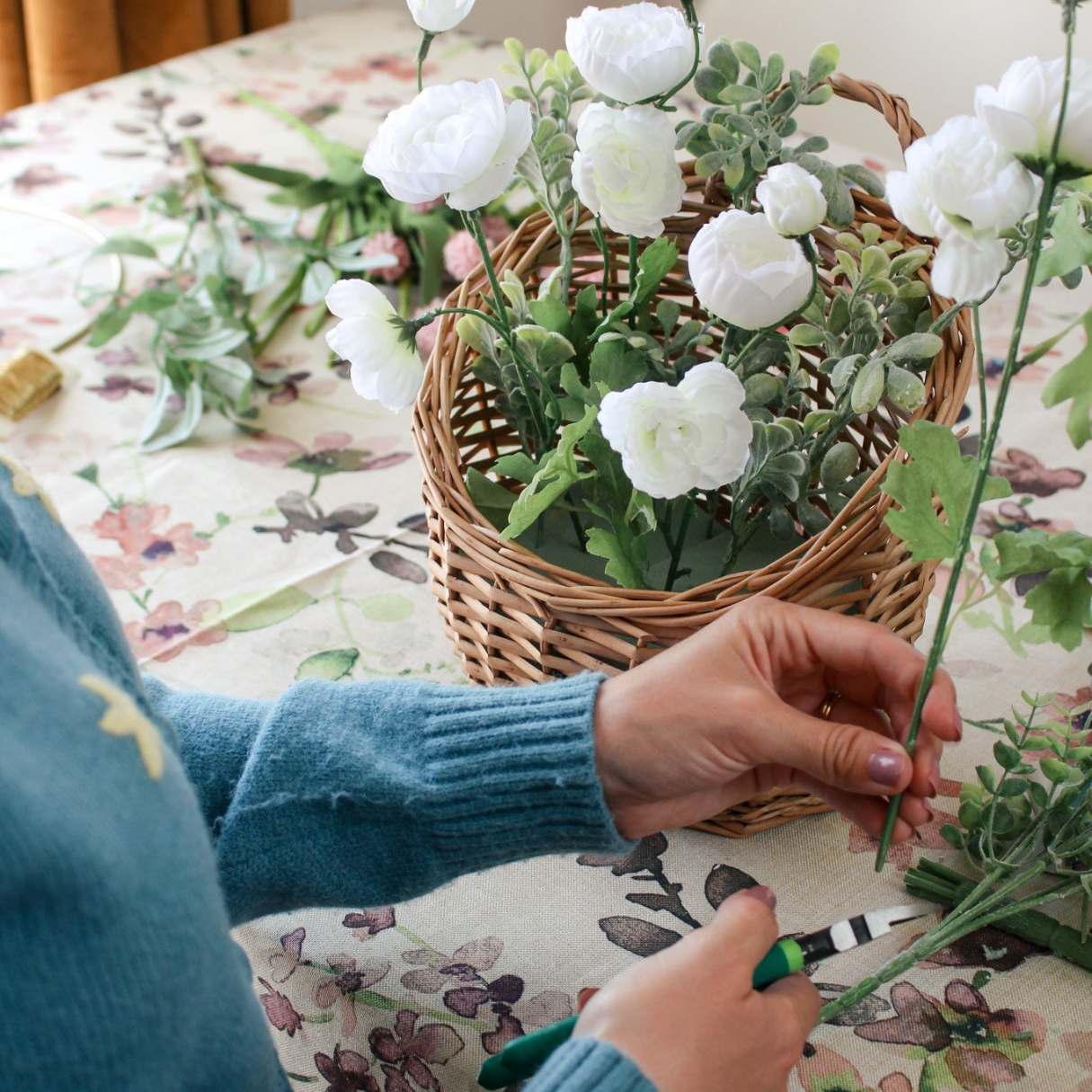
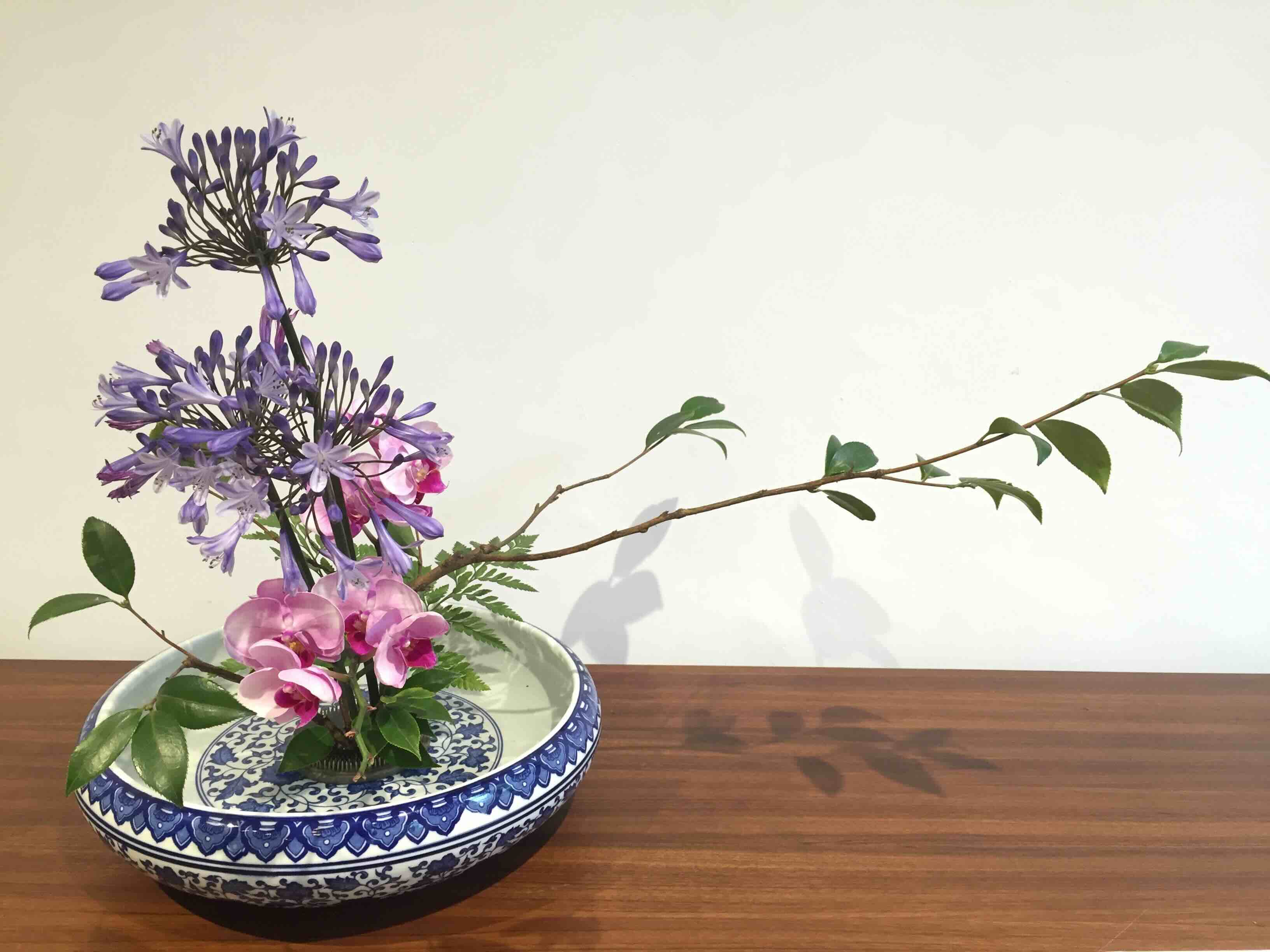
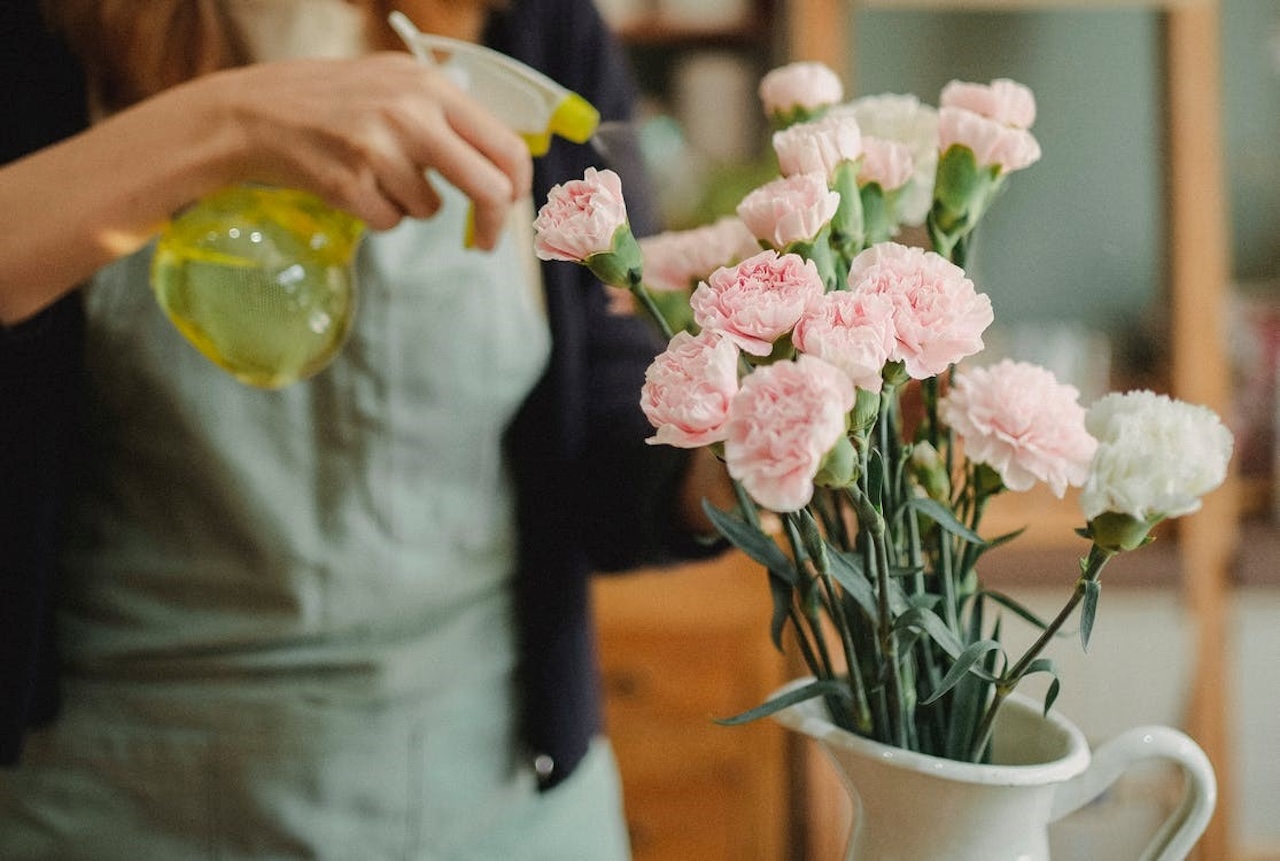
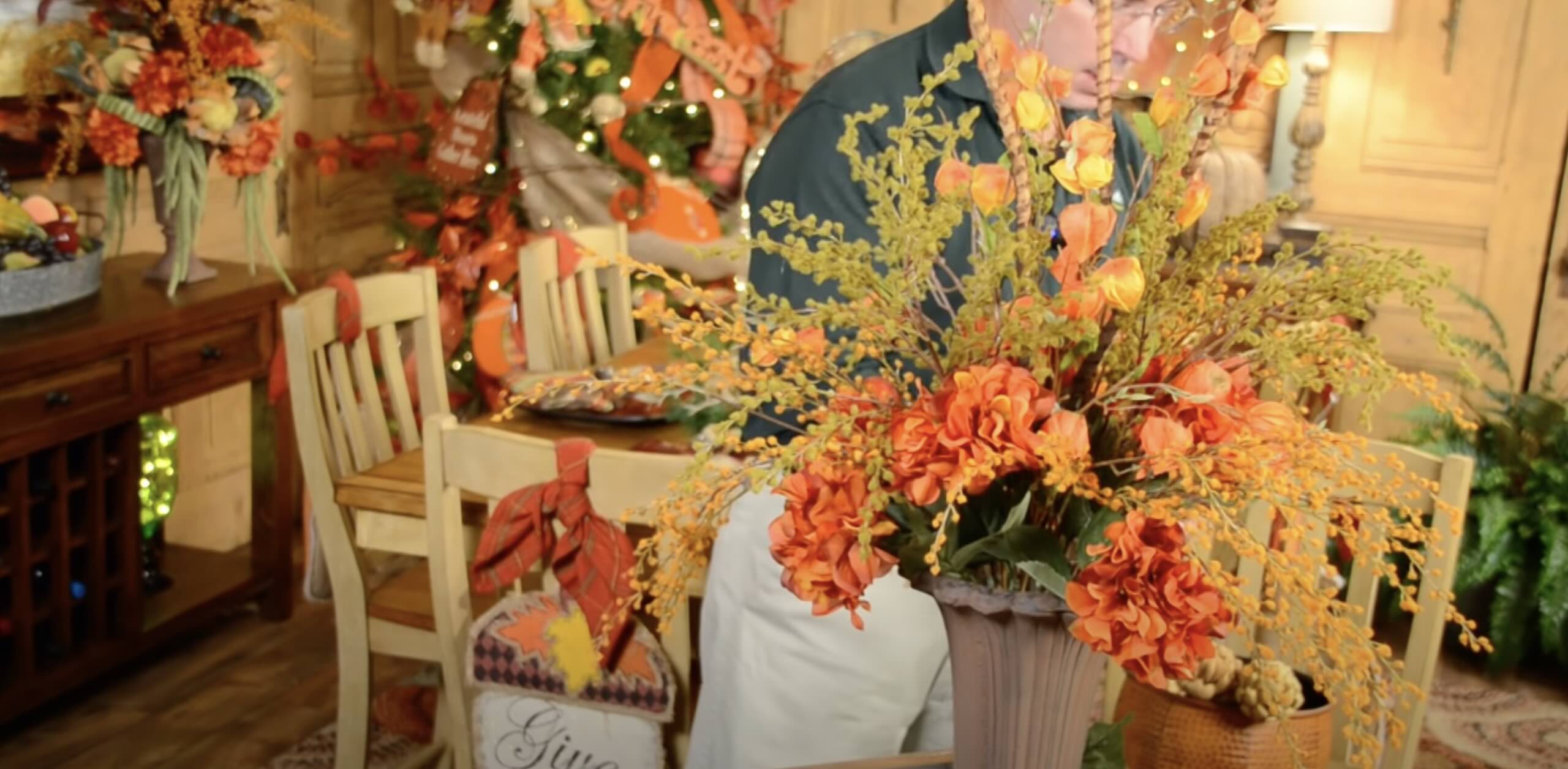
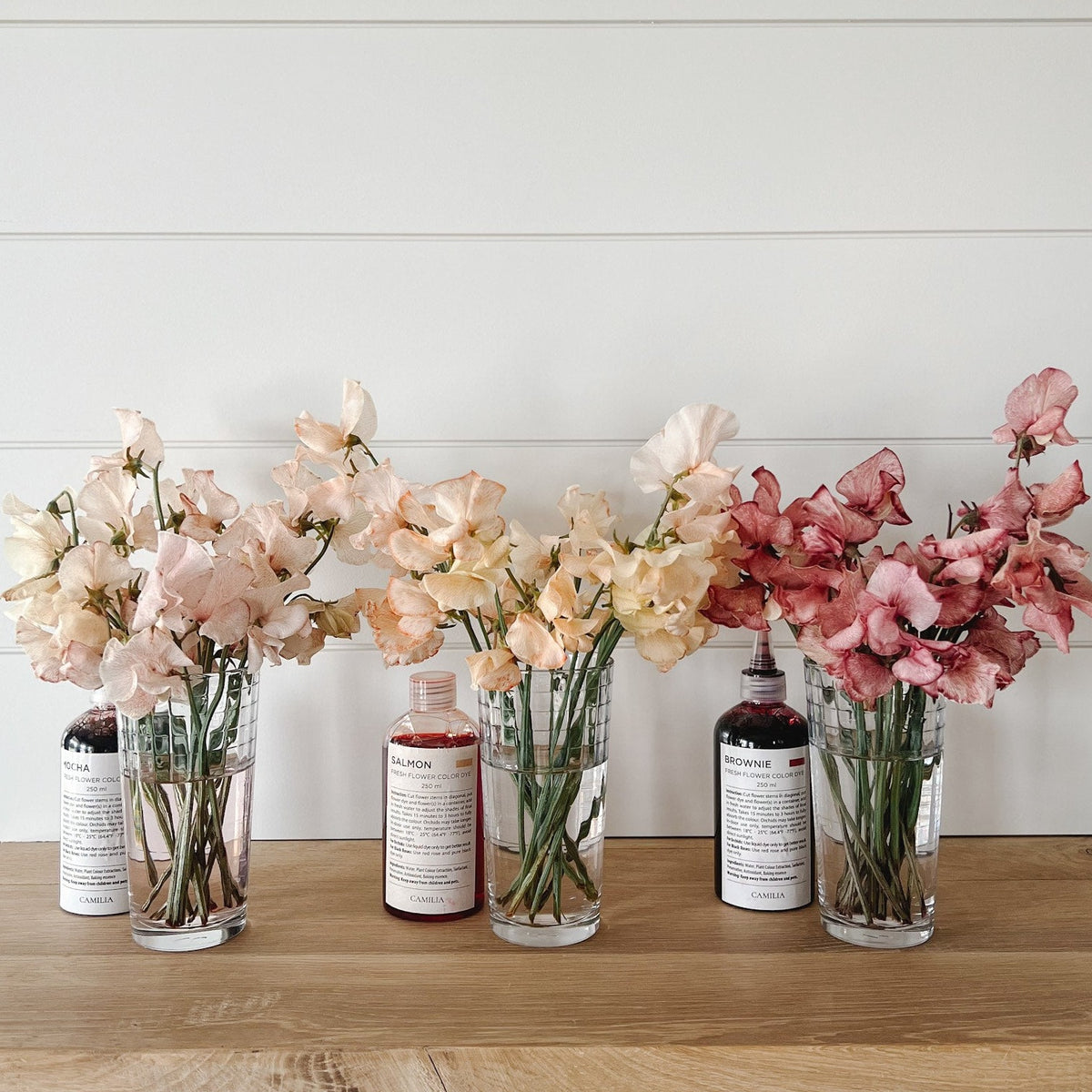
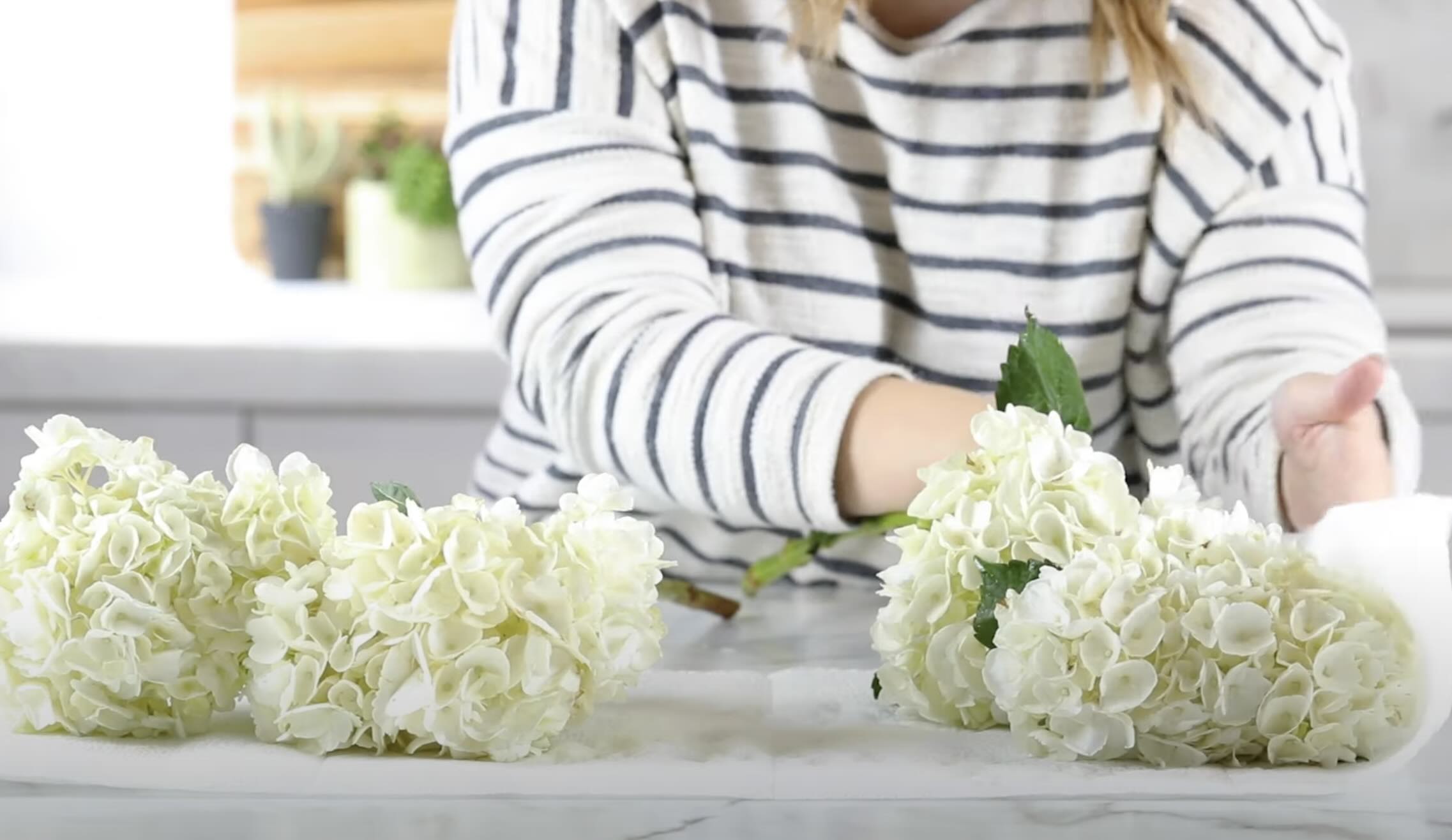

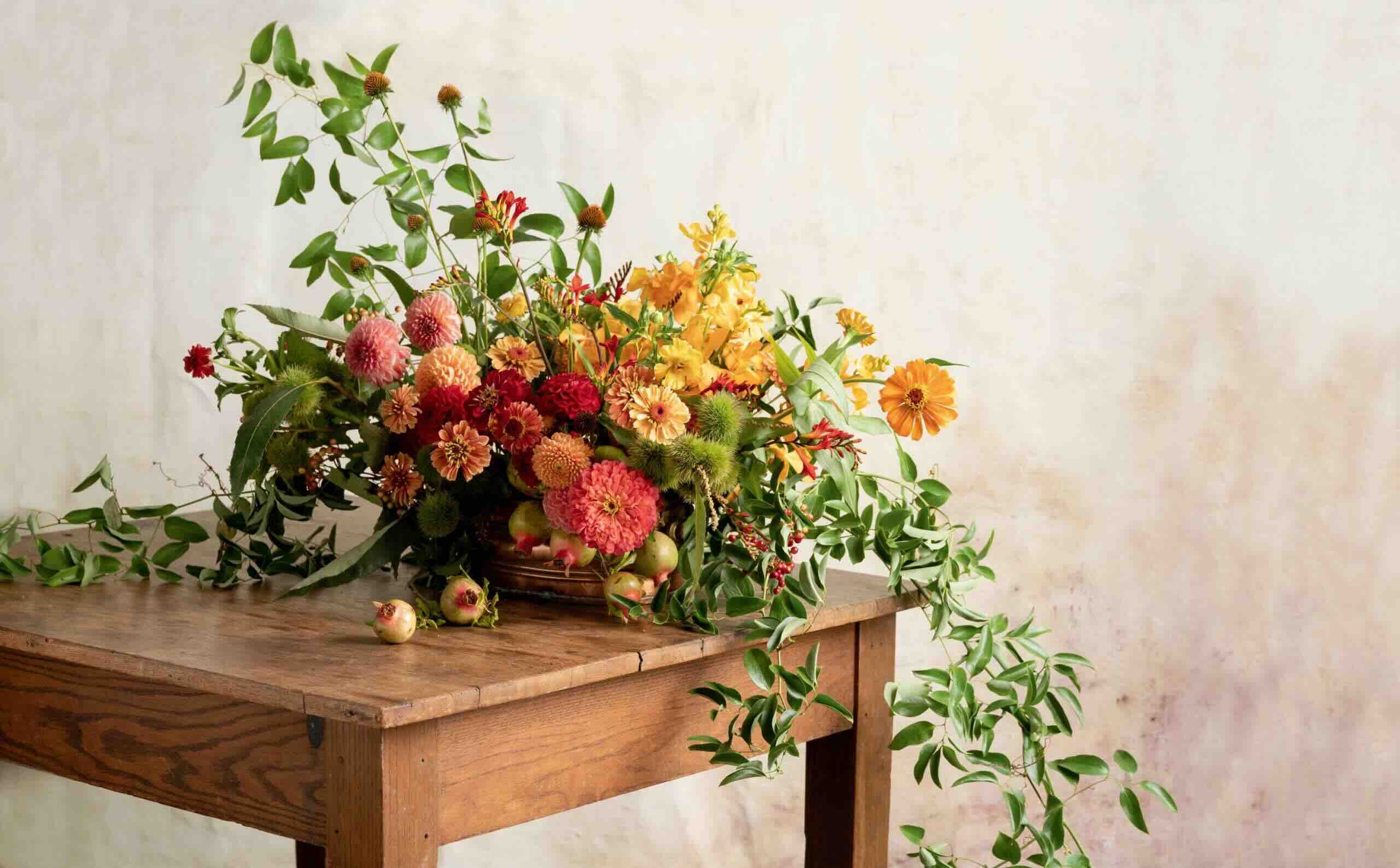
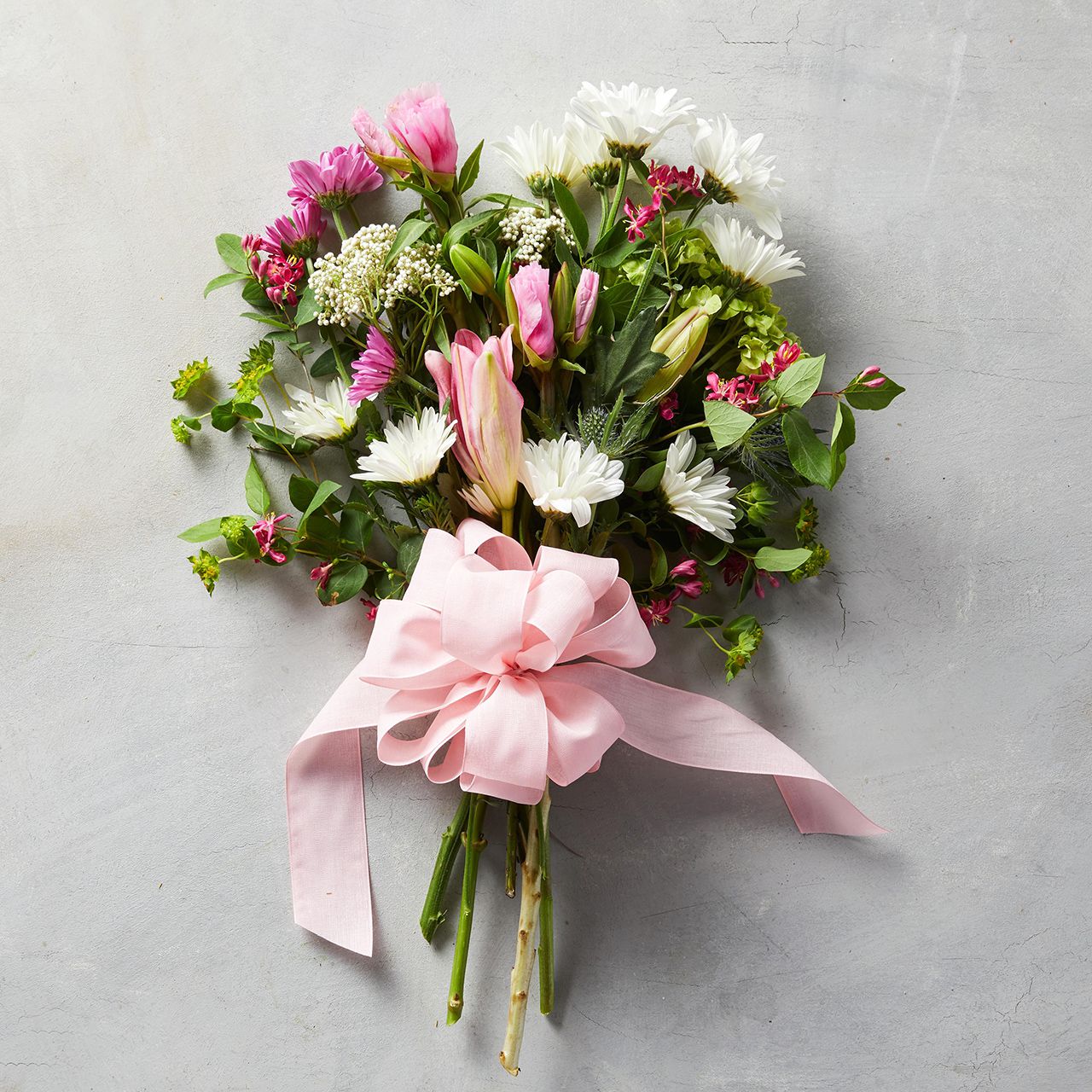

0 thoughts on “What Is The Rule Of Proportion For Most Floral Arrangements”